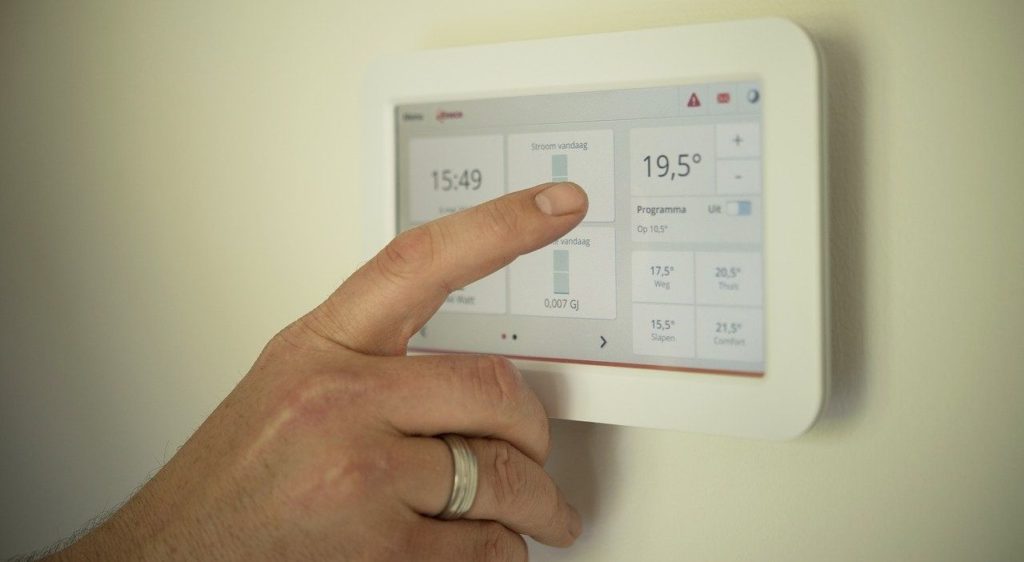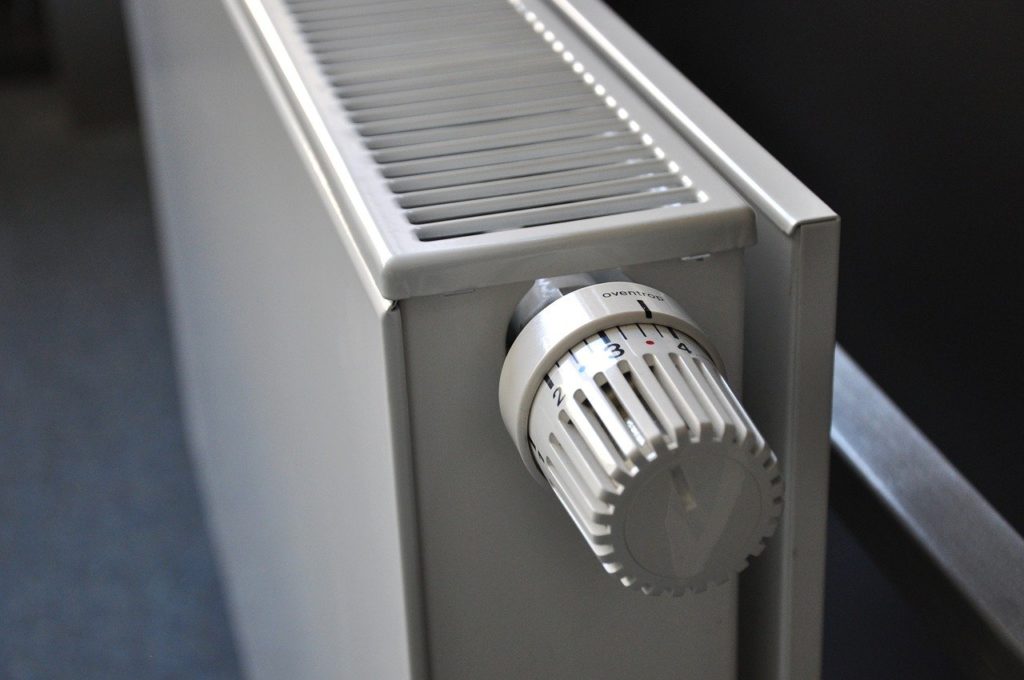Blog
Underfloor heating or radiators – what to choose?
When making decisions about planning a house design, the choice of heating is an important issue. A cozy interior, ensuring a comfortable temperature while minimizing the financial outlays of the heating system is the dream of every investor. Which system will keep your running costs low and your bills low in the future? Which heating is better: underfloor heating or radiators? Let’s analyze each of the options!
Table of contents
Which heating to choose?
Below are the main advantages and disadvantages of both solutions:
Advantages of underfloor heating
In this type of heating, it is the floor that acts as a large radiator. Its entire surface emits heat due to pipes placed in the concrete screed, through which water flows. In rooms where this type of solution is installed, the temperature is distributed in the most tolerable way by humans – it is higher at the feet, it decreases upwards.
What else speaks in favor of underfloor heating?
– It is recommended for people who struggle with allergies. The floor temperature is about 4 degrees higher than the air temperature. In the case of traditional radiators, this difference is several dozen degrees, which affects air circulation and dust lifting.
– Aesthetic values. The installed heating is invisible. Radiators, although modern and integrated into the interior of the apartment, still take up space and are an additional element that can make it difficult to arrange the space.
– Uniform heat distribution in the room. There is no phenomenon of overheating and cooling due to the proximity or distance from the zone of emitted heat, which is the case with radiators.
– Thermal comfort is achieved at a lower temperature – 17-18 degrees Celsius is enough to feel the optimal level of warmth. If you choose an alternative option, it is about 20 degrees, which makes underfloor heating provide savings. A 1-degree reduction results in 6% less energy consumption. In addition, the cost is reduced by self-regulation, i.e. a spontaneous decrease in heat emission when the temperature in the room rises. The combination of these two advantages can reduce energy consumption during the heating season by about 50%.

Disadvantages of underfloor heating
Unfortunately, this type of installation also has its drawbacks. Already at the first stage of planning the project, it is necessary to consider and decide on the choice of material from which the floor is to be made. The layout of the installation is analysed in terms of the arrangement of sanitary facilities, appliances and furniture, so later changes in the décor may be associated with significant complications.
Other disadvantages of this type of option include:
– Underfloor heating is an expensive investment with a greater degree of installation difficulty than in the case of radiators. Repair in the event of a breakdown is also more complicated.
– Underfloor heating is recommended only in well-insulated buildings.
-After heating, it stays warm for a long time, it is difficult to reduce the temperature of the room. Slow response to changing heating demand.
Advantages of using radiator heating
If you choose radiators for heat emission, you do not need to spend a lot of money. Their installation is much easier, as is repair in the event of a breakdown.
Other advantages include:
– You can freely manoeuvre when setting the temperature, they heat up quickly and cool down relatively quickly. They are able to heat a room that is not well insulated. They have a higher heating power.
– Although they take up space, there are more and more models on the market that are aesthetically pleasing and can decorate the room. They do not interfere with the structure of the floor and the spacing of furniture and appliances.

Disadvantages of radiators
From the above-mentioned advantages and disadvantages of underfloor heating and the advantages of radiator heating, the disadvantages of the second option can be summed up, namely:
– Circulation causing dust to rise.
– Uneven and unfavorable temperature distribution – warmer at the top, colder at the bottom.
– Occupying space.
Underfloor heating or radiators – summary
It is difficult to say unequivocally which heating is better: underfloor heating or radiators. Each of the possibilities has certain limitations as well as attributes in its favor. Certainly, the decision to choose a specific option should be preceded by a detailed analysis and made already at the stage of developing architectural plans.